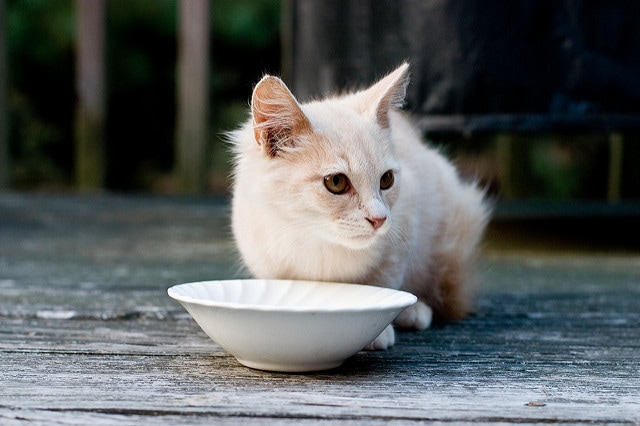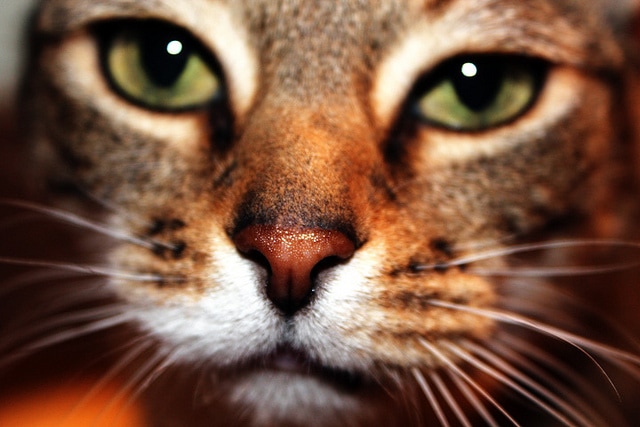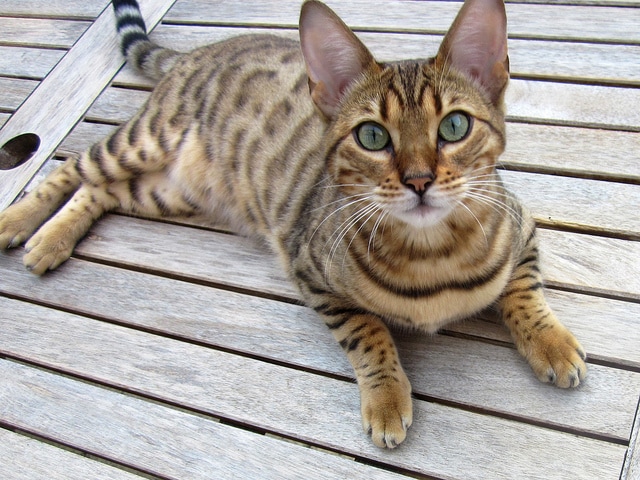Think you know pretty much everything about the feline kind? Take a look at our 10 facts about cats and test how well you know your kitty.
 Cat fact #1 – Cats spend roughly two-thirds of their lives sleeping
Cat fact #1 – Cats spend roughly two-thirds of their lives sleeping
Cat fact #2 – Ancient Egyptians would shave their eyebrows when their cat died
Cat fact #3 – Most cats are actually lactose intolerant
While many children’s books and cartoons depict cats happily drinking milk, the reality is that adult cats typically lack the enzyme lactase, which is necessary to properly digest lactose, the sugar found in milk. Consuming dairy products can lead to digestive issues such as stomach upset, diarrhea, and gas in many cats. Therefore, it’s generally best to avoid giving them milk and instead provide fresh water and a balanced diet suited to their nutritional needs.
Cat fact #4 – A cat’s brain is around 90% similar to a human’s
Cat fact #5 – A cat’s hearing is 5x sharper than that of humans
Cat fact #6 – A cat’s nose had a unique pattern, just like a human fingerprint
A cat’s nose has a unique pattern of ridges and bumps, much like a human fingerprint. This pattern is different for every cat, and it can be used to identify individuals. The uniqueness of each cat’s nose print is as distinct as human fingerprints, making it a reliable method for identification in certain situations. Boop!
Cat fact #7 – Cats can’t taste sweetness
Cat fact #8 – A cat can jump up to five times its own height in a single leap
Cats are incredibly agile jumpers and can leap up to five times their body length in a single bound. This impressive ability is due to their powerful leg muscles and flexible spine, which allow them to make high and precise jumps with remarkable ease.
Cat fact #9 – A cat’s whiskers are essential for survival and also communication
A cat’s whiskers are highly sensitive and can detect even the slightest changes in their environment, they act like a natural measuring tool that helps them with spacial awareness, and they also use their whiskers to express emotions and intentions. For example, whiskers that are pulled back can signal a cat’s defensive or agitated state, while forward-facing whiskers might indicate curiosity or aggression.
Cat fact #10 – A cat’s jaw can’t move sideways, so can’t chew large chunks of food
A cat’s jaw is designed primarily for gripping and tearing rather than chewing. This is why cats tend to eat smaller pieces of food or tear apart larger chunks before swallowing. Their digestive system is designed to handle this method of eating, with their stomachs capable of breaking down the food further.
Do you have a cat that needs some extra attention whilst you’re away? Search for Mad Paws Cat Sitter to stay with your feline. Or, for the felines who prefer a lot more alone time, book a house visit and have someone come and check on them at home – topping up their food & water.




1 comment
Quite surprising how few people deem themselves to be cat people rather than dog people, considering that cats are much easier to look after.